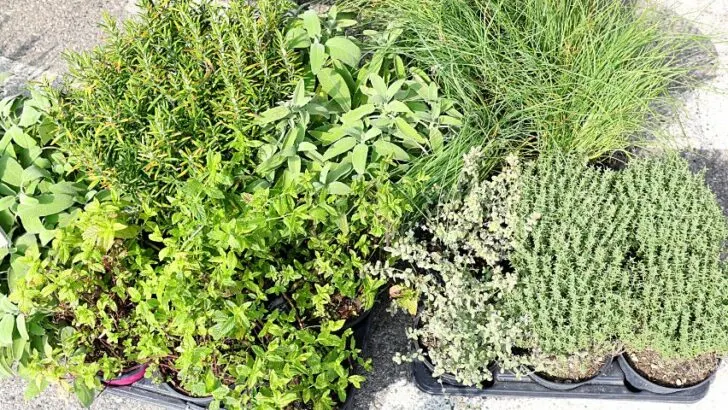Sage companion plants are plants that can be grown along with sage.
Companion planting refers to planting different plants together to avail a multitude of benefits.
Companion planting has several advantages, as it can attract insects and pollinators.
Companion plants repel insects and prevent pest infestations. They enhance the fertility of the soil.
Moreover, large-sized plants provide shade to other plants, and the growth of weeds is controlled.
Sage has several benefits. It can be utilized to enhance the flavor of food. It is a medicinal herb.
You can plant sage with the following companion plants to benefit from both sage and companions.
They will enhance the sage plants’ growth and provide several other uses.
20 Best Sage Companion Plants
- Oregano
- Thyme
- Rosemary
- Nasturtiums
- Parsley
- Tomato
- Beans
- Carrots
- Brassicas
- Strawberries
- Daylilies
- Yarrow
- Sweet William
- Coreopsis
- Phlox
- Sedum
- Red Hot Poker
- Purple Coneflower
- Milkweed
- Hebe
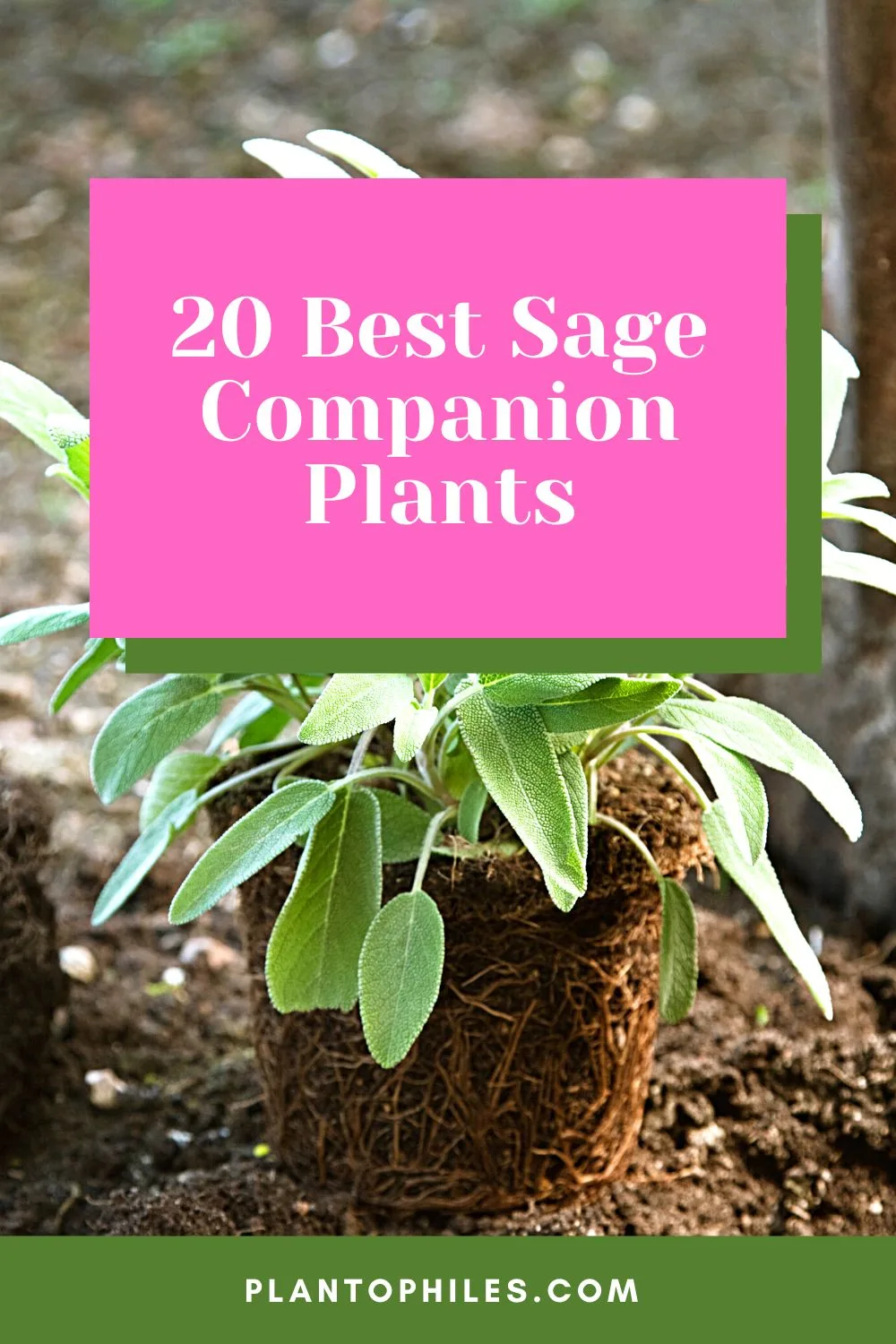
Table of Contents
Companion Plants for Sage
1. Oregano
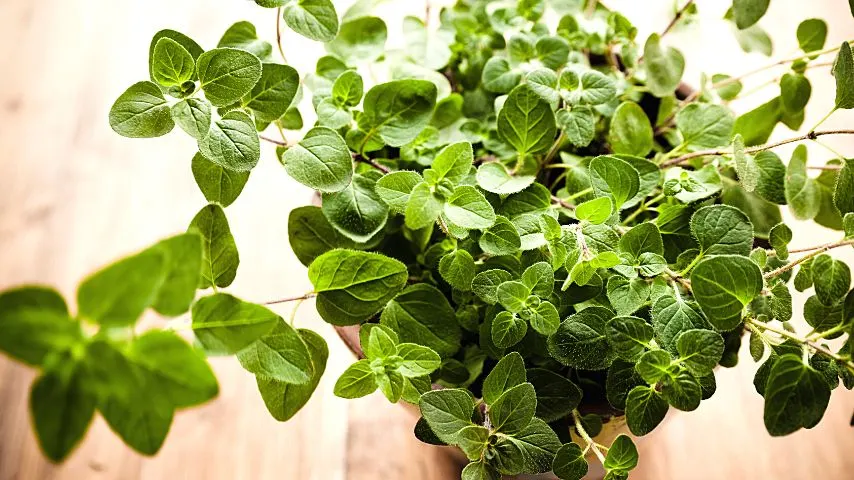
Oregano and sage grow in a similar environment and require the same growing requirements. They both need well-drained soil and direct sunlight to grow well.
Following are the binomial nomenclature and basic plant care requirements:
- Scientific name: Origanum vulgare
- Family: Lamiaceae
- Temperature: 66-70 degrees Fahrenheit (19-21 degrees Celsius)
- Fertilizer: they do not need fertilizers
- pH: 6.5 to 7.0
- Soil: well-drained
- Lighting: full sun, partial shade
- Growth rate: moderate growth
- Humidity: 40%
2. Thyme
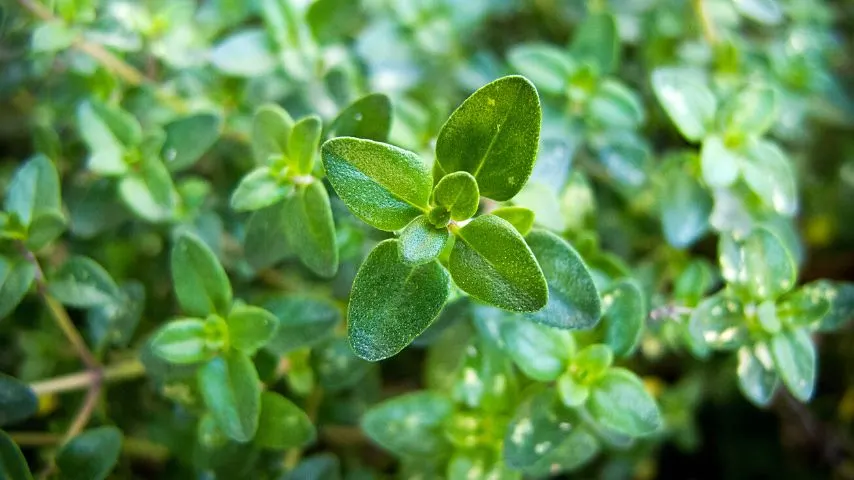
Thyme requires a little amount of water to grow.
Overwatering both sage and thyme can cause root rot, and they eventually die. So, thyme is the best companion of sage.
Following are the binomial nomenclature and basic plant care requirements:
- Scientific name: Thymus vulgaris
- Family: Mint
- Temperature: 68 to 86 degrees Fahrenheit (20 to 30 degrees Celsius)
- Fertilizer: apply 10-10-10 ratio fertilizer every spring
- pH: 6.0 to 8.0
- Soil: well-drained, sandy, or loamy soil
- Lighting: six hours of daylight
- Growth rate: slow growth
- Humidity: 40%
3. Rosemary
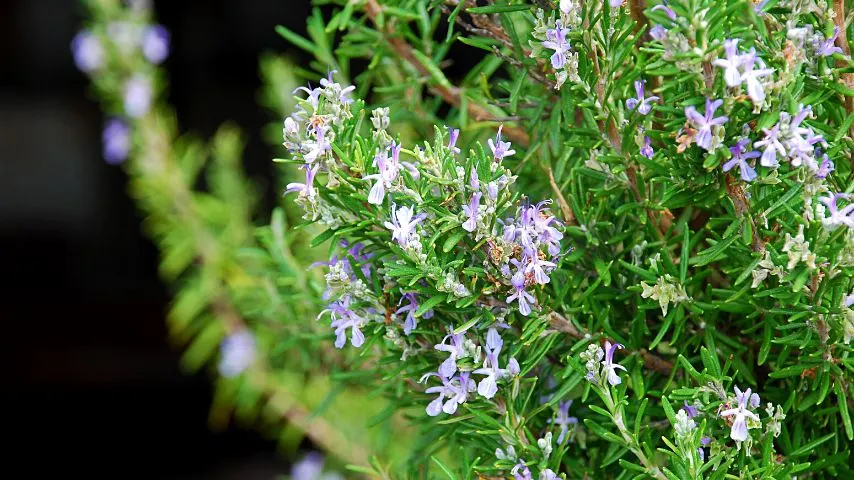
Rosemary and sage both grow in the same growing conditions. They both belong to the same family.
And they are drought-tolerant plants. Due to this, rosemary is the best companion for sage.
Following are the binomial nomenclature and basic plant care requirements:
- Scientific name: Salvia rosmarinus
- Family: Lamiaceae
- Temperature: 68-86 degrees Fahrenheit (20-30 degrees Celsius)
- Fertilizer: Apply fertilizer only in early spring
- pH: 6.0 to 7.0
- Soil: well-drained, sandy, and loamy soil
- Lighting: full sun
- Growth rate: Slow to moderate growth
- Humidity: 45% to 55%
4. Nasturtiums

Nasturtiums have beautiful flowers. They repel whiteflies which damage the plants.
You can plant them in pots or in your garden as well. They look attractive and ensure the plants remain healthy.
Following are the binomial nomenclature and basic plant care requirements:
- Scientific name: Tropaeolum
- Family: Brassicaceae
- Temperature: 55 to 65 degrees Fahrenheit (12 to 18 degrees Celsius)
- Fertilizer: they do not need fertilizers
- pH: 6.1 to 7.8
- Soil: well-drained soil
- Lighting: full sun
- Growth rate: moderate growth
- Humidity: 30% to 50%
5. Parsley
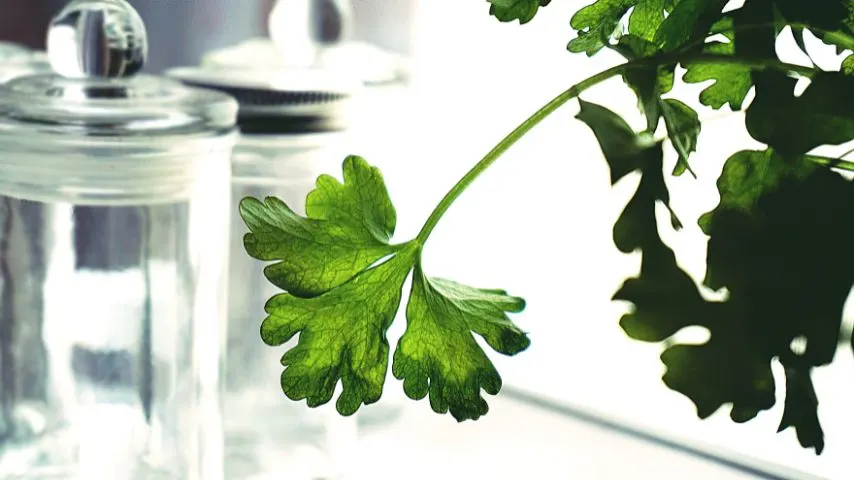
Parsely is a valuable herb with medicinal properties. It can be used in cooking and improves memory.
It can be grown with sage due to similar growing requirements.
Following are the binomial nomenclature and basic plant care requirements:
- Scientific name: Petroselinum crispum
- Family: Apiaceae
- Temperature: 50-70 degrees Fahrenheit (10-21 degrees Celsius)
- Fertilizer: During the growing season, apply fertilizer once or twice
- pH: 6.0 to 7.0
- Soil: well-drained soil
- Lighting: six to eight hours of direct sunlight
- Growth rate: slow growth
- Humidity: 95% to 100%
6. Tomato
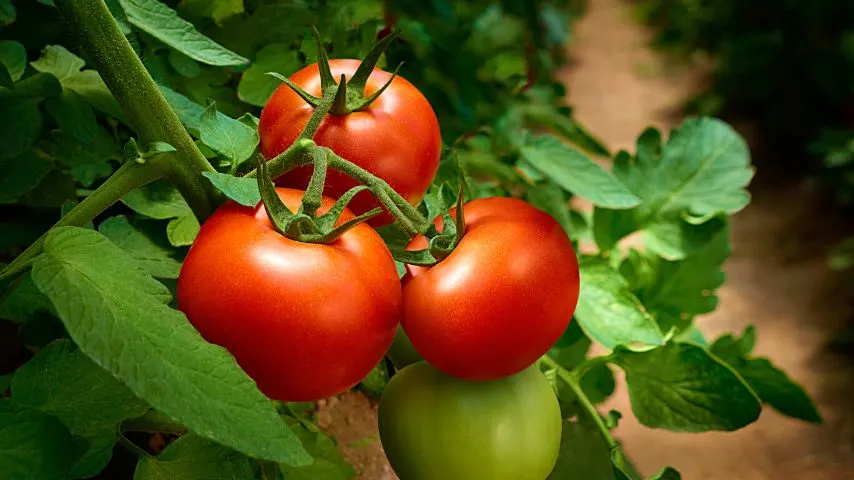
Sage and tomatoes are good companions as they increase the yield and growth of the plants. The roots of tomatoes grow deep inwards to find water when the surface of the soil becomes dry.
Sage enhances pollination by attracting pollinators. Lastly, the insects which harm tomatoes are repelled by sage.
Following are the binomial nomenclature and basic plant care requirements:
- Scientific name: Solanum Lycopersicum
- Family: Solanaceae
- Temperature: 55 to 85 degrees Fahrenheit (12 to 29 degrees Celsius)
- Fertilizer: Apply fertilizers having nitrogen, potassium, and phosphorous
- pH: 5.5 to 7.5
- Soil: rich in humus, loamy soil
- Lighting: 12 to 16 hours of sunlight
- Growth rate: moderate growth
- Humidity: 65% to 75%
7. Beans

Beans, which are drought-tolerant and require less water to grow, are good companions of the sage plant.
The Phaseolus genus consists of 60 different species according to the University of Oxford.
Beans will enhance the growth of the soil. They can perform nitrogen fixation in the soil as well, and they deter the growth of pests.
Following are the binomial nomenclature and basic plant care requirements:
- Scientific name: Phaseolus vulgaris
- Family: Legume Family
- Temperature: 66-85 degrees Fahrenheit (19-29 degrees Celsius)
- Fertilizer: apply 2 to 3 pounds of fertilizers evenly on the soil
- pH: 5.7 to 6.2
- Soil: well-drained, clay and silt soil
- Lighting: 6 to 8 hours of full sun
- Growth rate: fast growth
- Humidity: 45% to 55%
8. Carrots
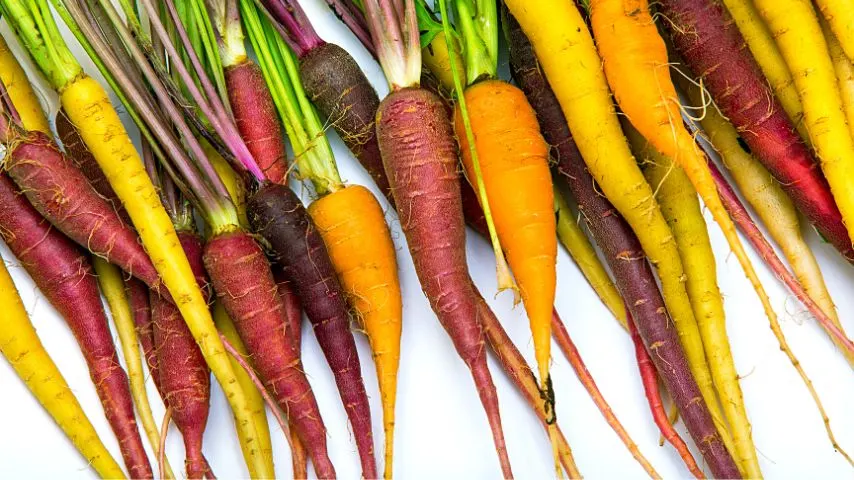
Companion planting enhances the growth of all the plants. They improve the soil’s yield and fertility.
With that, the flavor of the vegetables is also enhanced.
Following are the binomial nomenclature and basic plant care requirements:
- Scientific name: Daucus carota
- Family: Apiaceae
- Temperature: 55 to 75 degrees (12 to 23 degrees Celsius)
- Fertilizer: Apply a fertilizer that’s high in both potassium and phosphate and low in nitrogen
- pH: 6.0 to 7.0
- Soil: well-drained, sandy, loamy soil
- Lighting: full sun
- Growth rate: moderate growth
- Humidity: 95% to 98%
9. Brassicas (Cabbage)

Cabbage, kale, Brussel sprouts, and cauliflower are also included in the Brassicas family.
In order to keep these vegetables protected from pests, you need to plant sage nearby. Therefore, sage is a good companion for this family.
Following are the binomial nomenclature and basic plant care requirements:
- Scientific name: Brassica
- Family: Brassicaceae
- Temperature: 55-75 degrees Fahrenheit (13-24 degrees Celsius)
- Fertilizer: fertilizer must have an NPK with the ratio of 8-16-16 before planting
- pH: 6.0 to 7.0
- Soil: well-drained, fertile soil
- Lighting: 6 hours of sunlight daily
- Growth rate: moderate growth
- Humidity: 90% or higher
10. Strawberries
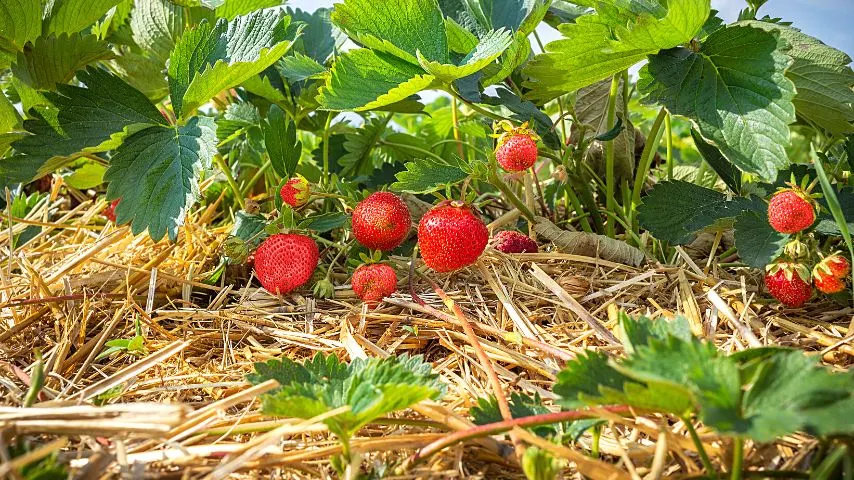
When strawberries and sage are grown together, they both enhance each other’s growth.
Sage prevent the strawberries from slugs and pest.
Following are the binomial nomenclature and basic plant care requirements:
- Scientific name: Fragaria ananassa
- Family: Rosaceae
- Temperature: 50 to 80 degrees Fahrenheit (10 to 26 degrees Celsius)
- Fertilizer: use 2.5 pounds of fertilizer with 10-10-10 ratio for every 100-foot row of strawberries.
- pH: 6.0 to 7.0
- Soil: well-drained, sandy loam soil
- Lighting: 6 to 10 hours of sunlight
- Growth rate: moderate growth
- Humidity: 90% to 95%
11. Daylilies
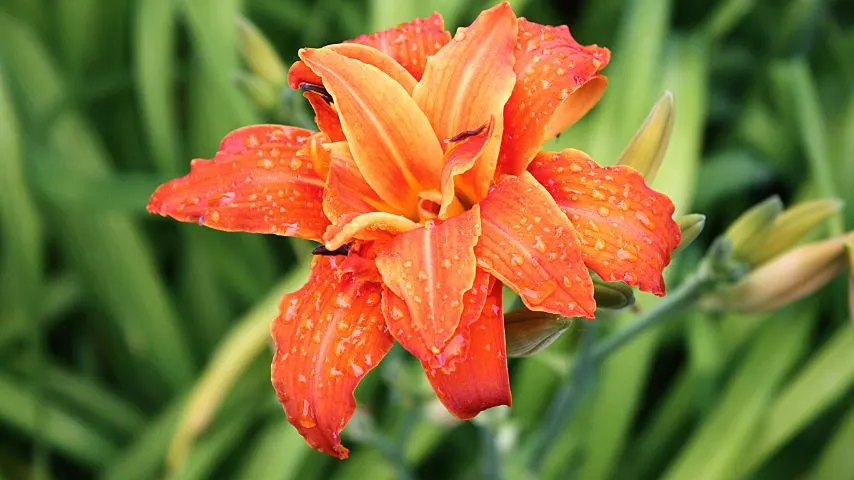
The flowers of daylilies only last for a single day. However, those dead blooms are quickly replaced with new ones.
They have flowers of many different colors, including yellow, orange, purple, red, etc.
Following are the binomial nomenclature and basic plant care requirements:
- Scientific name: Hemerocallis
- Family: Asphodelaceae
- Temperature: 53 to 68 degrees Fahrenheit (12 to 20 degrees Celsius)
- Fertilizer: apply nitrogen-rich fertilizer every spring
- pH: 6.0 to 6.5
- Soil: well-drained, rich in organic matter
- Lighting: Full sun, part shade
- Growth rate: moderate to Slow growth
- Humidity: moderate
12. Yarrow
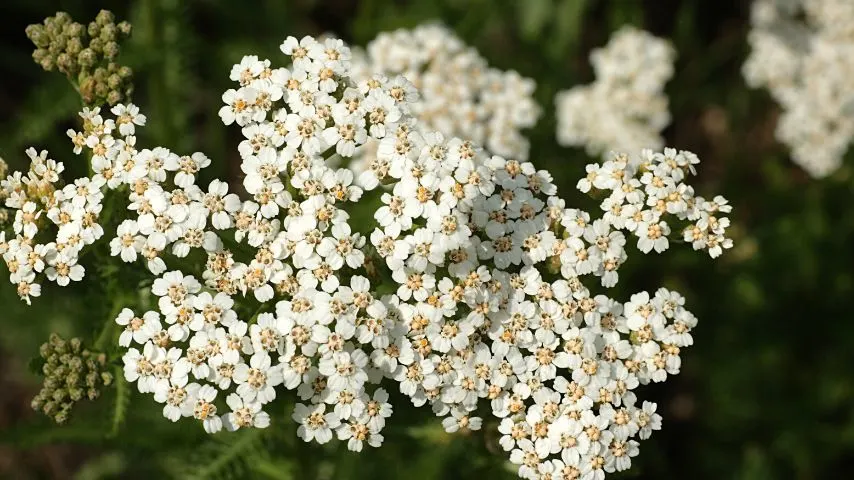
They are drought-tolerant plants that enhance the nearby-growing plants’ growth. Moreover, they protect the companion plants from diseases and pests.
They are available in red, yellow, white, and pink colors. The average height and width of this plant are two to three feet.
Following are the binomial nomenclature and basic plant care requirements:
- Scientific name: Achillea millefolium
- Family: Daisy’s family
- Temperature: 65-70 degrees Fahrenheit (18-21 degrees Celsius)
- Fertilizer: do not need fertilizer
- pH: 4.7 to 8.0
- Soil: well-drained, rich soil
- Lighting: full sun
- Growth rate: moderate to fast
- Humidity: 90%
13. Sweet William

You’ll find Sweet William blooms in different colors. Sweet Williams also has a pleasant smell.
Sage and Sweet William both have similar growth requirements. They grow up to the average height of one to two feet.
Following are the binomial nomenclature and basic plant care requirements:
- Scientific name: Dianthus barbatus
- Family: Caryophyllaceae
- Temperature: 50 to 55 degrees Fahrenheit (10 to 13 degrees Celsius)
- Fertilizer: When the growing season comes, apply a balanced liquid fertilizer once in 6-8 weeks
- pH: 6.75
- Soil: well-drained, moist soil – not soggy
- Lighting: full sun, partial shade
- Growth rate: moderate to slow growth
- Humidity: high
14. Coreopsis
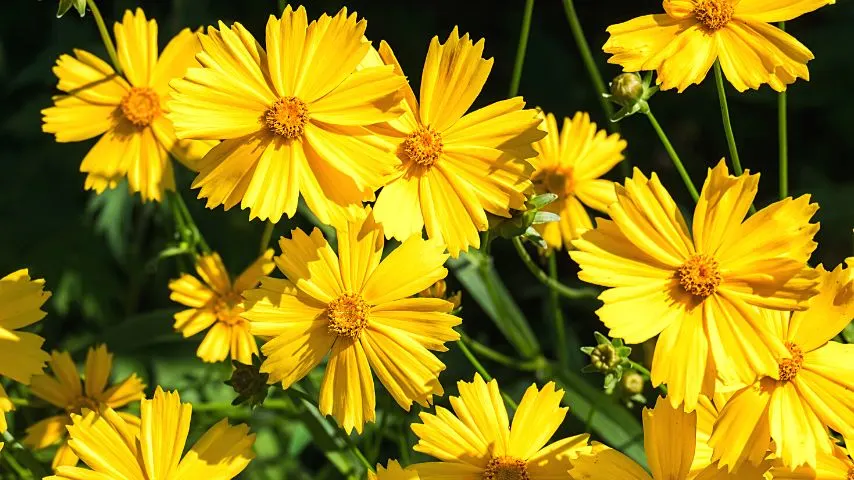
They are available in red, orange, pink, and yellow colors. They attract bees and butterflies.
They grow up to an average of 24 inches high and 20 inches wide.
Following are the binomial nomenclature and basic plant care requirements:
- Scientific name: Coreopsis verticillata
- Family: Asteraceae
- Temperature: 50 to 80 degrees Fahrenheit (10 to 26 degrees Celsius)
- Fertilizer: fertilizer is not necessary for this plant
- pH: 5.5 to 6.5
- Soil: well-drained, fertile
- Lighting: Full sun, part shade
- Growth rate: moderate growth
- Humidity: moderate
15. Phlox
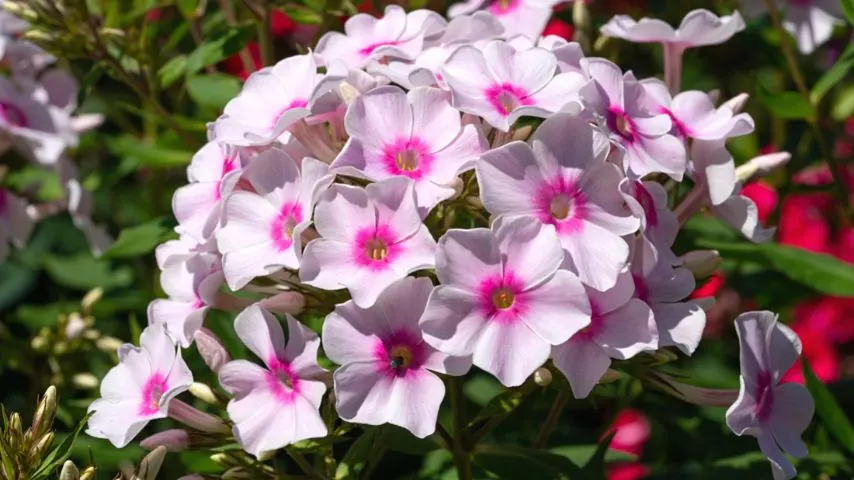
The average height of this plant is 5 feet. They’re available in various colors like blue, red, pink, yellow, and magenta.
Following are the binomial nomenclature and basic plant care requirements:
- Scientific name: Phlox
- Family: Polemoniaceae
- Temperature: 68-74 degrees Fahrenheit (20-23 degrees Celsius)
- Fertilizer: use a balanced 10-10-10 fertilizer when flower buds start to form
- pH: 6.0 to 8.0
- Soil: well-drained soil
- Lighting: Full sun, part shade
- Growth rate: slow growth
- Humidity: high
16. Sedum

They can survive in dry conditions. They give beauty to the garden, and they are available in yellow, purple, and green colors.
Following are the binomial nomenclature and basic plant care requirements:
- Scientific name: Sedum
- Family: Crassulaceae
- Temperature: 60-70 degrees Fahrenheit (15-20 degrees Celsius)
- Fertilizer: little to no fertilizers
- pH: 5.9 to 6.3
- Soil: well-drained
- Lighting: full sun
- Growth rate: moderate growth
- Humidity: moderate
17. Red Hot Poker
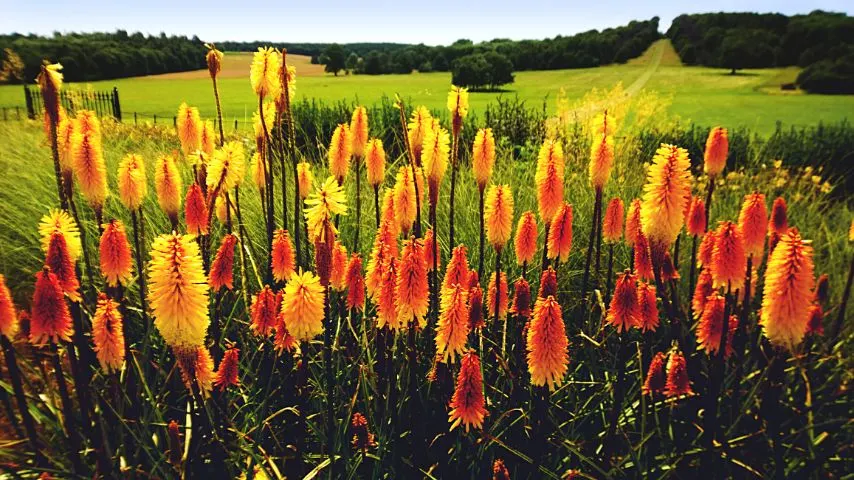
These attractive plants give a scenic view to the garden. These perennial plants flower in the growing season.
They are available in orange, red, and green colors.
Following are the binomial nomenclature and basic plant care requirements:
- Scientific name: Kniphofia
- Family: Asphodelaceae
- Temperature: 70-75 degrees Fahrenheit (21-23 degrees Celsius)
- Fertilizer: apply balanced organic fertilizer every spring
- pH: 6.0 to 7.0
- Soil: well-drained soil
- Lighting: full sun
- Growth rate: moderate
- Humidity: moderate
18. Purple Coneflower
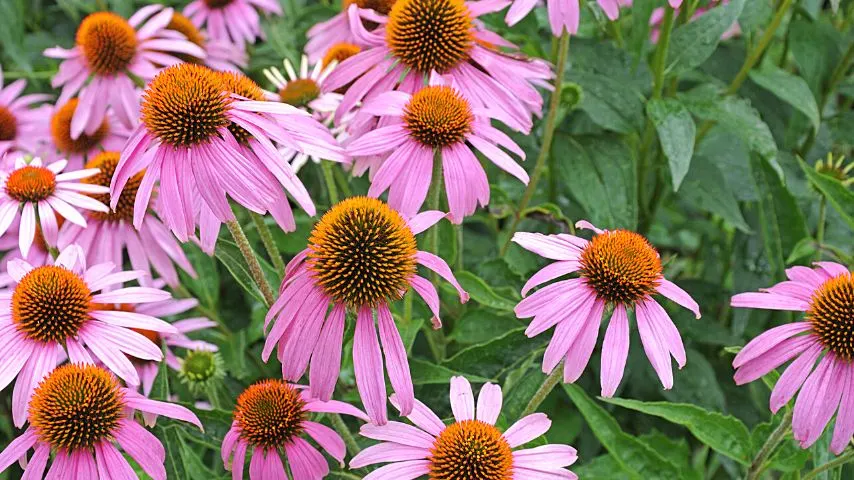
The blooms of this flower are dome-shaped. They are produced in purple color.
And the average height of this plant is 2 to 5 feet.
Following are the binomial nomenclature and basic plant care requirements:
- Scientific name: Echinacea purpurea
- Family: Asteraceae
- Temperature: 67 degrees Fahrenheit (19 degrees Celsius)
- Fertilizer: little to no fertilizer
- pH: 6.5 to 7.0
- Soil: well-drained
- Lighting: full sun, partial shade
- Growth rate: moderate
- Humidity: moderate
19. Milkweed
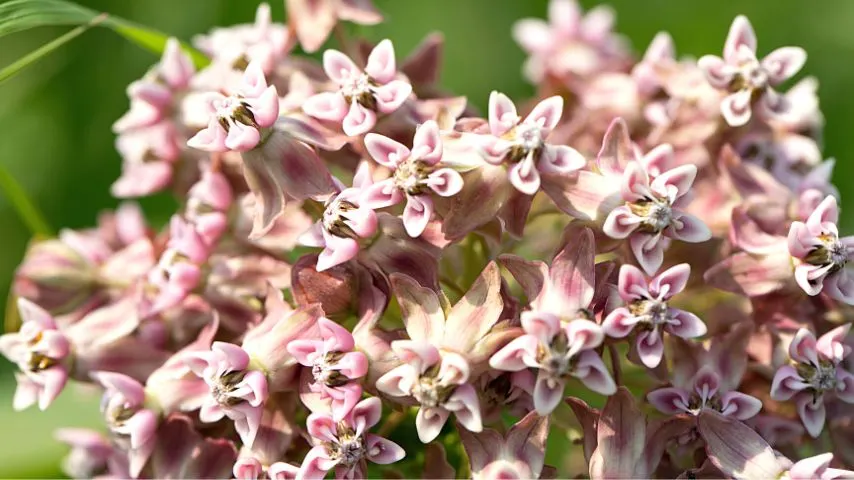
They produce a milky substance on which butterflies feed.
They are available in purple, pink, white, and red colors.
Following are the binomial nomenclature and basic plant care requirements:
- Scientific name: Asclepias
- Family: Asclepias
- Temperature: 65 to 75 degrees Fahrenheit (18 to 23 degrees Celsius)
- Fertilizer: none needed
- pH: 4.8 to 6.8
- Soil: well-drained soil
- Lighting: full sun
- Growth rate: fast growth
- Humidity: low
20. Hebe
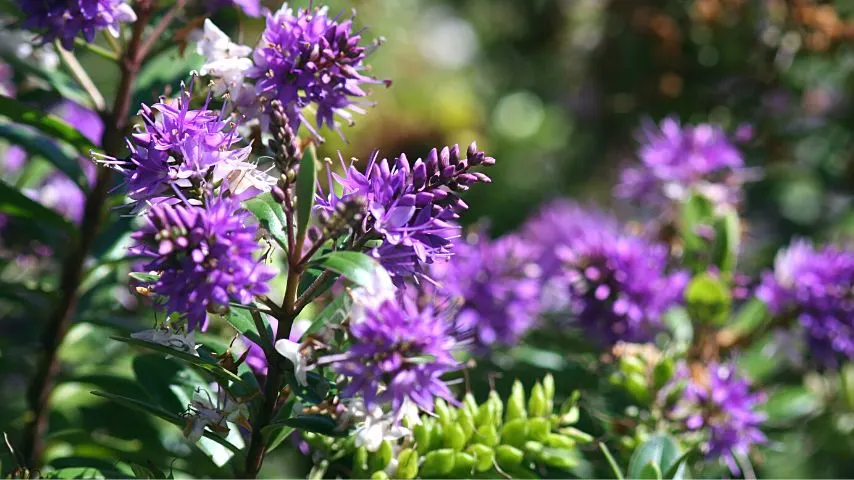
They grow up to the height of 3 feet. You can find this flower having pink, white, and purple blooms.
Following are the binomial nomenclature and basic plant care requirements:
- Scientific name: Hebe
- Family: Plantaginaceae
- Temperature: 68 to 73 degrees Fahrenheit (20 to 22 degrees Celsius)
- Fertilizer: none
- pH: 7.0 to 8.5
- Soil: well-drained soil
- Lighting: Part shade, full sun
- Growth rate: moderate to slow growth
- Humidity: high
Companion Planting Sage
There are numerous benefits of planting sage with several companion plants. They enhance the soil’s fertility and health.
Companion planting plays a significant role in fighting against pests, weeds, and other harmful diseases. It helps in fending off dangerous wildlife and predators.
Due to interplanting, different rows of plants having specific germination requirements and growth rates are formed.
Sage is a plant that’s low-maintenance that is tolerant of drought. They are perennial plants available in various colors to enhance your garden’s beauty.
Growing Sage
Sage prefers full sun. It needs well-draining soil. Avoid soggy soil, as it can lead to root rot. The ideal planting distance is 18-24 inches (45-61 cm) apart. The ideal temperature is 60-70 degrees Fahrenheit (16-21 degrees Celsius).
What not to plant with Sage
Sage should not be planted with cucumber, garlic, onion, carrots, shallots, and rue. In addition, it should not be companion planted with herbs that prefer a lot of humidity, such as basil and chives. Sage itself prefers drier soil.
Great companion plants for sage are oregano, sage, tomatoes, carrots, and beans.

Daniel has been a plant enthusiast for over 20 years. He owns hundreds of houseplants and prepares for the chili growing seasons yearly with great anticipation. His favorite plants are plant species in the Araceae family, such as Monstera, Philodendron, and Anthurium. He also loves gardening and is growing hot peppers, tomatoes, and many more vegetables.

